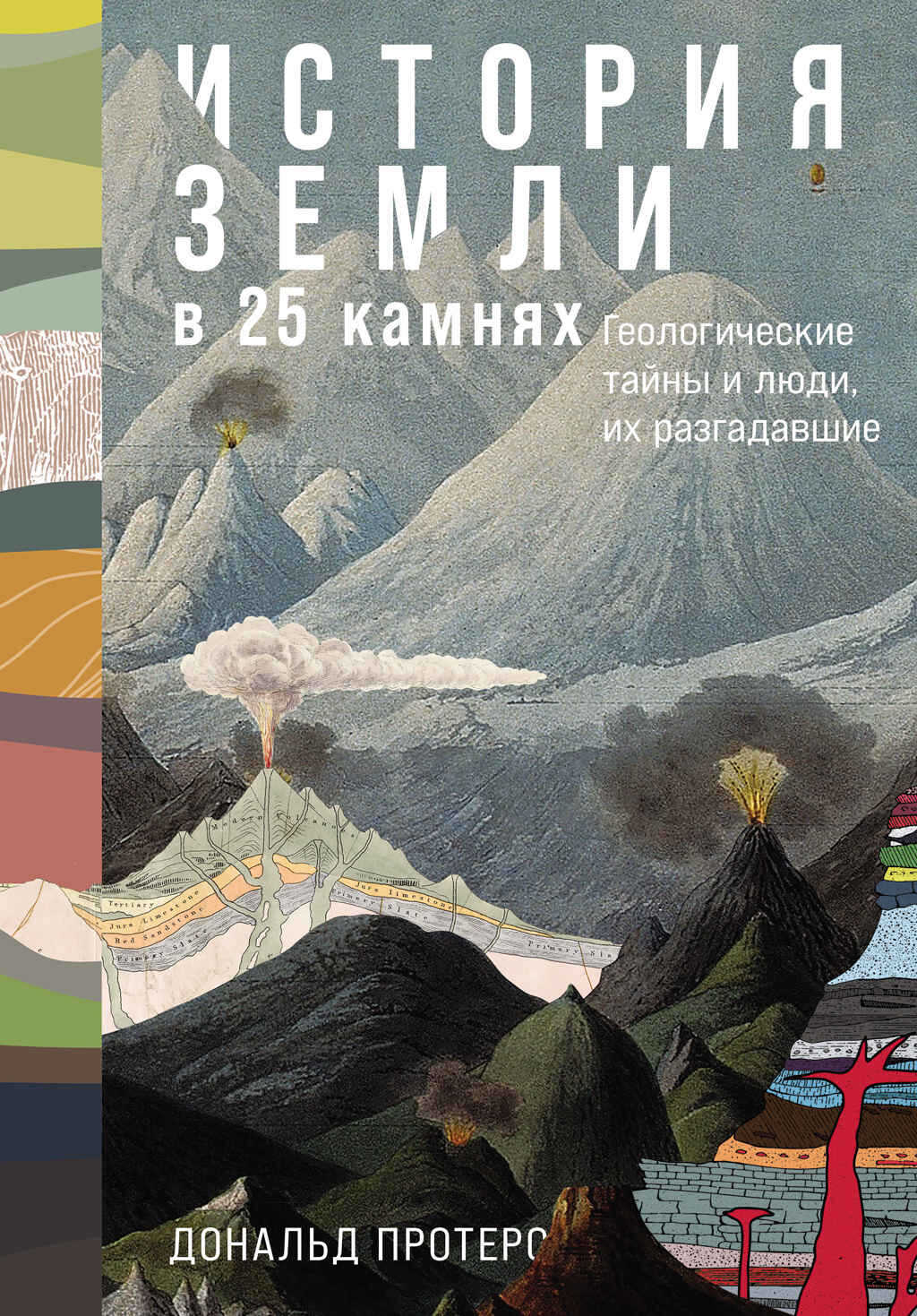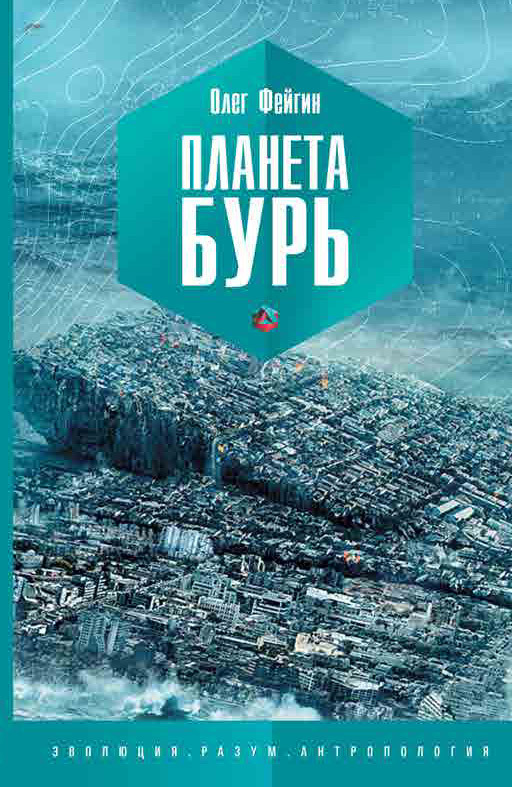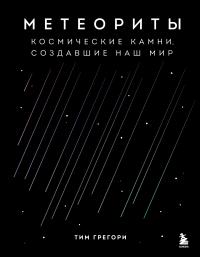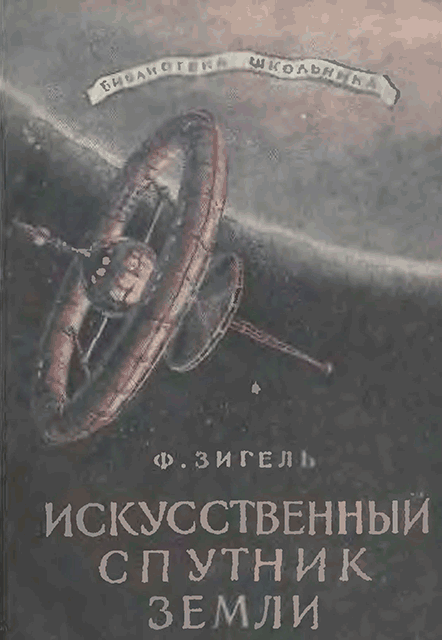Книга Автобиография Земли. 4,6 миллиарда лет захватывающей истории нашей планеты - Элизабет Эрвин-Бланкенхайм
Читать книгу Автобиография Земли. 4,6 миллиарда лет захватывающей истории нашей планеты - Элизабет Эрвин-Бланкенхайм полностью.
Шрифт:
-
+
Интервал:
-
+
Закладка:
Сделать
Перейти на страницу:
Перейти на страницу:
Книги схожие с книгой «Автобиография Земли. 4,6 миллиарда лет захватывающей истории нашей планеты - Элизабет Эрвин-Бланкенхайм» от автора - Элизабет Эрвин-Бланкенхайм:
Комментарии и отзывы (0) к книге "Автобиография Земли. 4,6 миллиарда лет захватывающей истории нашей планеты - Элизабет Эрвин-Бланкенхайм"












